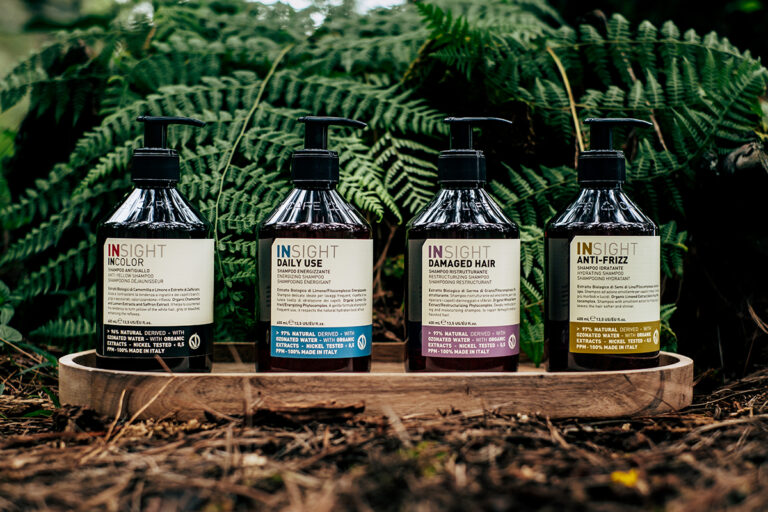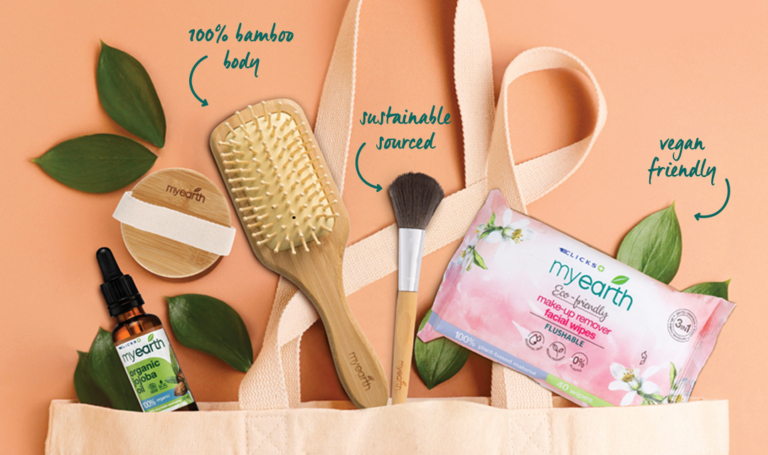 5. Push-ups
5. Push-ups
If done correctly, the push-up can strengthen the chest, shoulders, triceps, and even the core trunk muscles, all at one time.
‘I’m very much into planking exercises, almost yoga-type moves,’ says Petersen. ‘Anytime you have the pelvis and the core [abdominals and back] in a suspended position, you have to rely on your own adherent strength to stabilize you.’
Push-ups can be done at any level of fitness, says Cotton: ‘For someone who is at a more beginning level, start by pushing from the kitchen-counter height. Then work your way to a desk, a chair, the floor with bent knees, and, finally, the floor on your toes.’
Here’s how to do a perfect push-up: from a face-down position, place your hands slightly wider than shoulder-width apart. Place your toes or knees on the floor, and try to create a perfect diagonal with your body, from the shoulders to the knees or feet. Keep the glutes [rear-end muscles] and abdominals engaged. Then lower and lift your body by bending and straightening your elbows, keeping your torso stable throughout.
There are always ways to make it harder, says Rufa. Once your form is perfect, try what he calls the ‘T-stabilization’ push-up: get into push-up position, then do your push-ups with one arm raised out to the side, balancing on the remaining three limbs without rotating your hips.
 6. Abdominal Crunches
6. Abdominal Crunches
Who doesn’t want firm, flat abs? Experts say that when done correctly, the familiar crunch (along with its variations) is a good choice to target them.
For a standard crunch, says Cotton, begin lying on your back with feet flat on the floor and fingertips supporting your head. Press your low back down and begin the exercise by contracting abdominals and peeling first your head (tucking your chin slightly), then your neck, shoulders, and upper back off the floor.
Be careful not to pull your neck forward by sticking the chin out; don’t hold your breath, and keep elbows out of your line of vision to keep chest and shoulders open.
For his part, Petersen teaches his clients to do crunches with their feet off the floor and knees bent. He says that with feet kept on the floor, many people tend to arch the back and engage the hip flexors.
‘Crunches can be excellent, but if they’re not done correctly, with the back arching, they can actually weaken the abdominals,’ Petersen says.
To work the obliques (the muscles on the sides of your waist), says Cotton, take the standard crunch and rotate the spine toward one side as you curl off the floor.
‘Twist before you come up,’ he says. ‘It’s really important that the twist comes first because then it’s the obliques that are actually getting you up.’
But keep in mind that you won’t get a flat stomach with crunches alone, says Cotton. Burning belly fat requires the well-known formula: using up more calories than you take in.
‘Crunches work the ab muscles; [they’re] not to be mistaken as exercise that burns the fat over the abdominals,’ he says. ‘That’s the biggest myth in exercise going.’
 7. Bent-over Row
7. Bent-over Row
Talk about bang for the buck: this exercise works all the major muscles of the upper back, as well as the biceps.
Here’s how to do it with good form. Stand with feet shoulder-width apart, then bend knees and flex forward at the hips. (If you have trouble doing this exercise standing up, support your weight by sitting on an incline bench, facing backward.) Tilt your pelvis slightly forward, engage the abdominals, and extend your upper spine to add support. Hold dumbbells or barbell beneath the shoulders with hands about shoulder-width apart. Flex your elbows, and lift both hands toward the sides of your body. Pause, then slowly lower hands to the starting position. (Beginners should perform the move without weights.)
Technique
These seven exercises are excellent, efficient choices, the experts say. But with just about any strength or resistance exercise, says Petersen, the question is not so much whether the exercise works as how well you execute.
‘Done with good technique, all exercises do what they’re supposed to do,’ says Petersen.
The trouble is that poor form can change the whole exercise, putting emphasis or even strain on different areas than intended. This can hurt, rather than help you.
So especially if you’re a beginner, it’s a good idea to seek the advice of a fitness trainer – whether it’s a personal trainer or a trainer at your gym – to be sure your form is safe and correct.
If a gym or trainer are not possible, do these exercises in front of a mirror to check that you are doing them correctly.
Written by Barbara Russi Sarnataro and reviewed by Matthew Hoffman, MD, this article originally appeared in webmd
IMAGES: Shutterstock.com




One Response
Great article. I need to get some exercises in before summer.